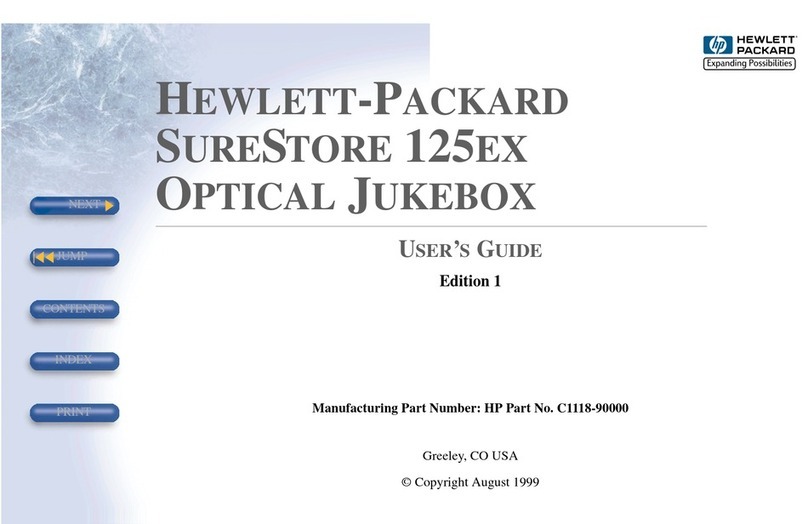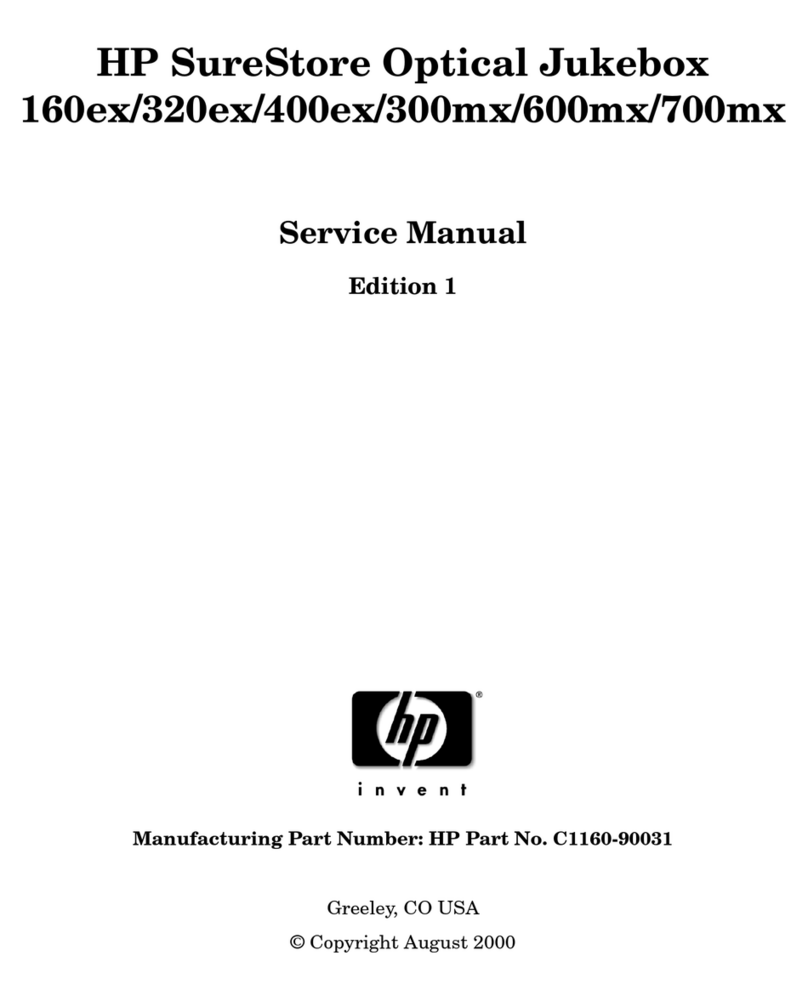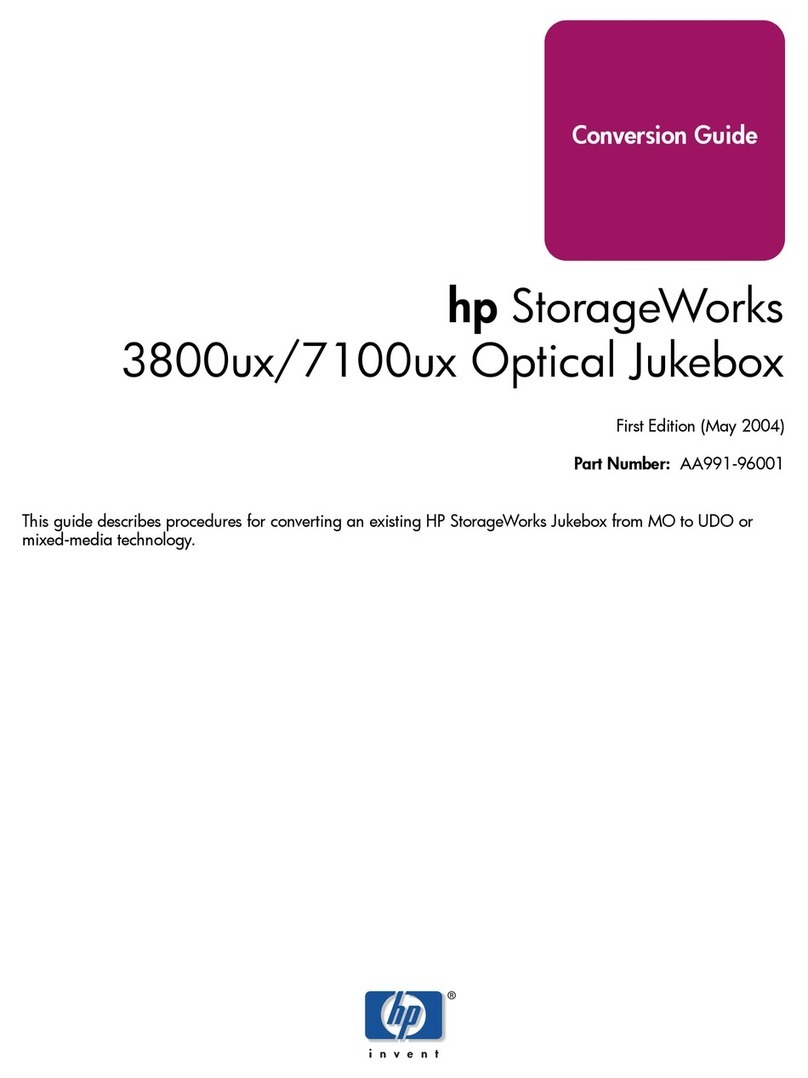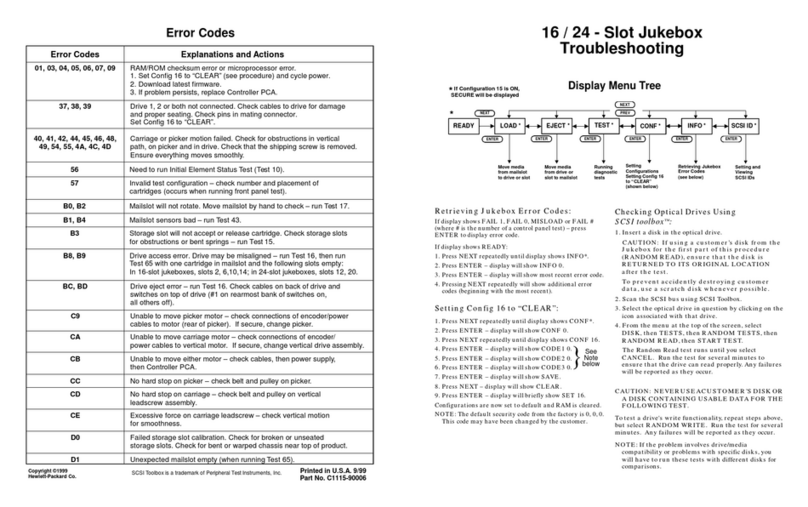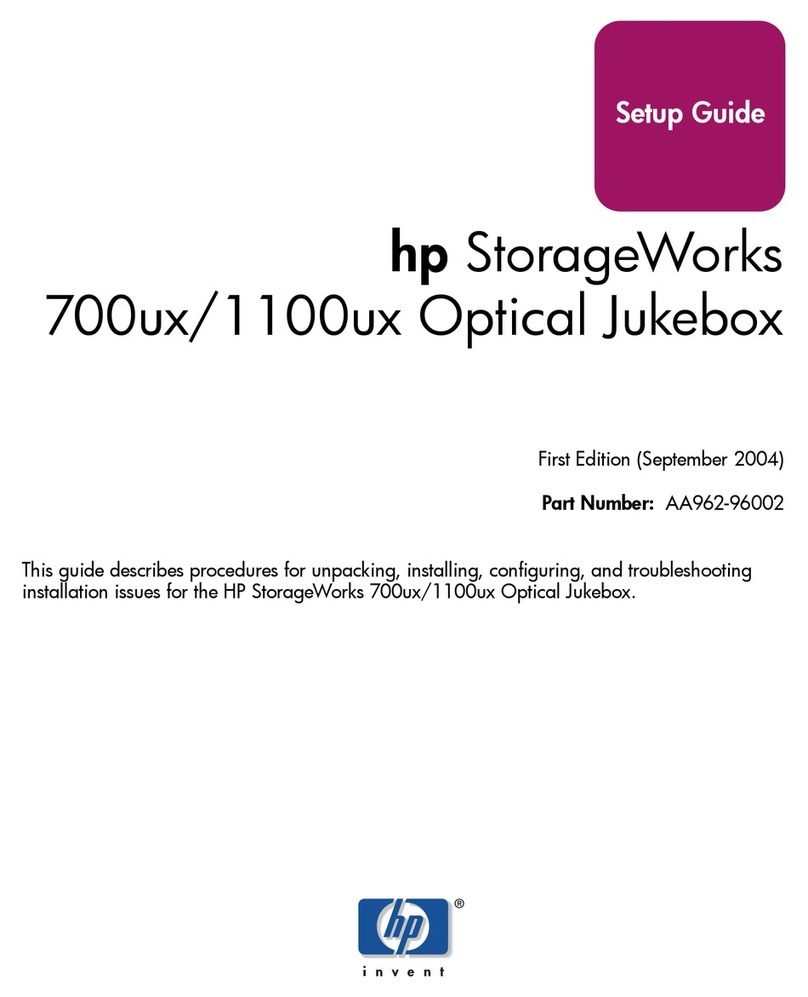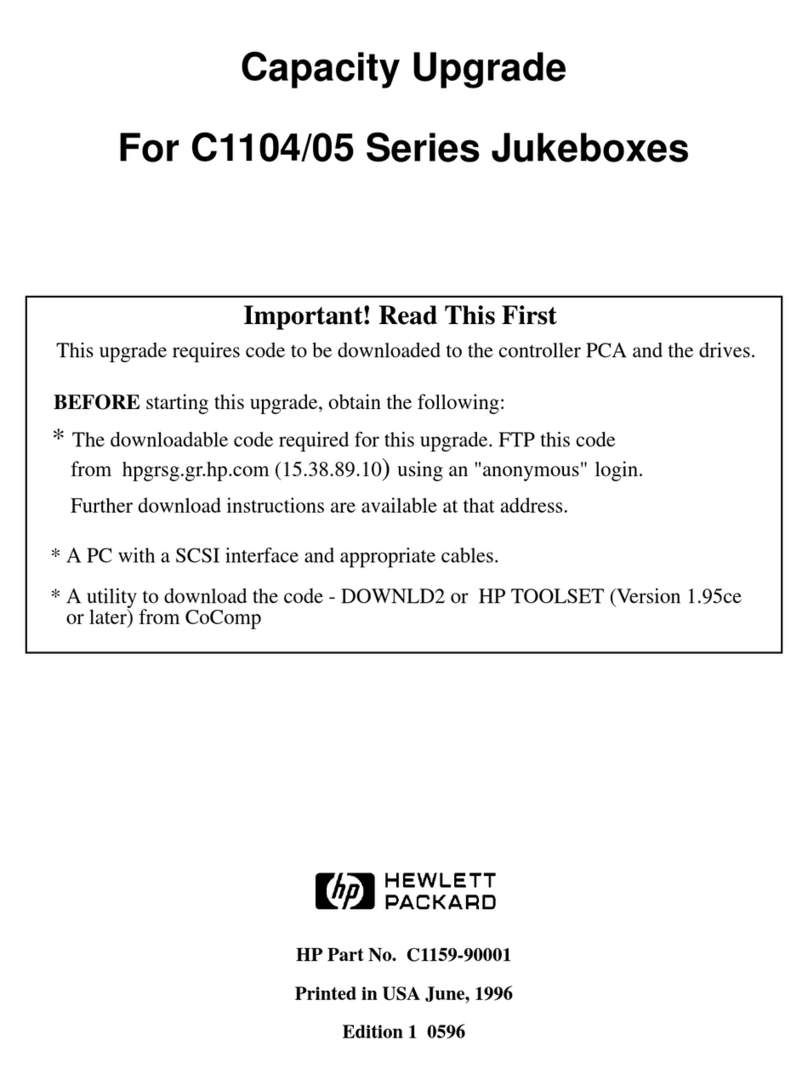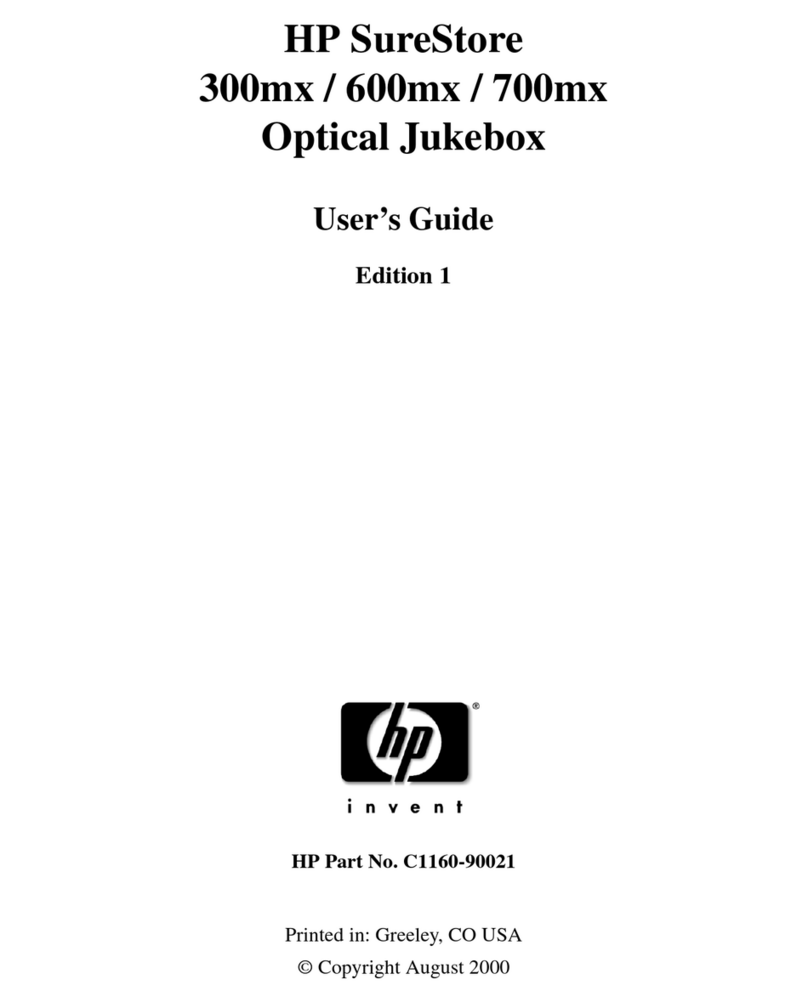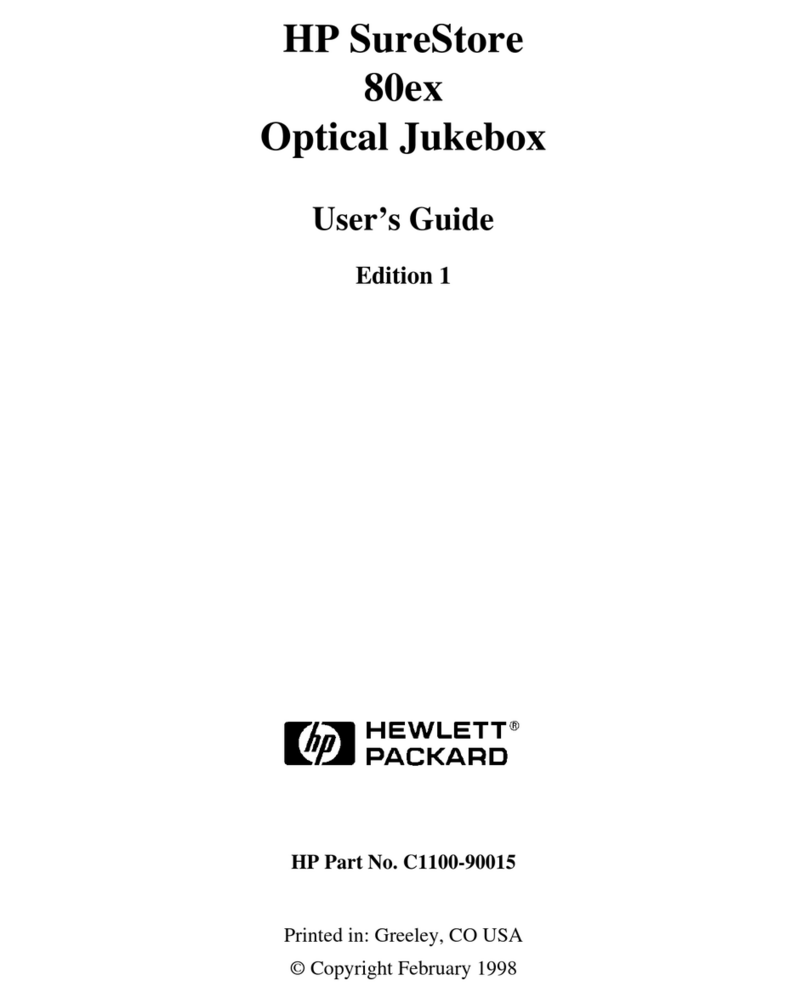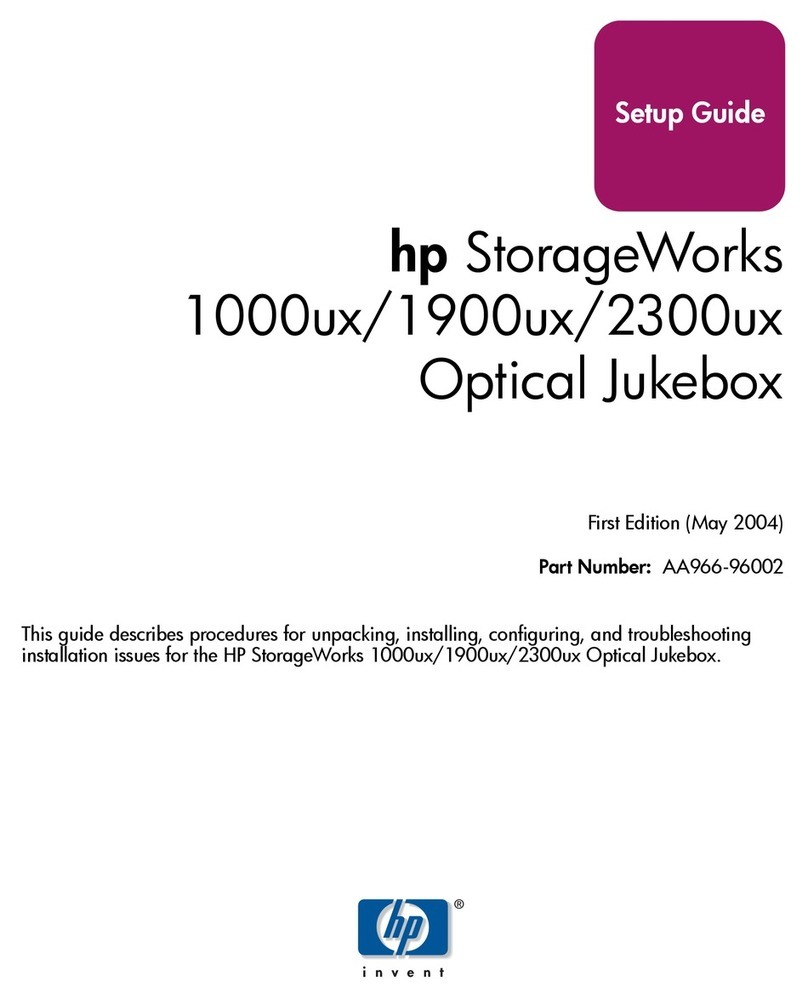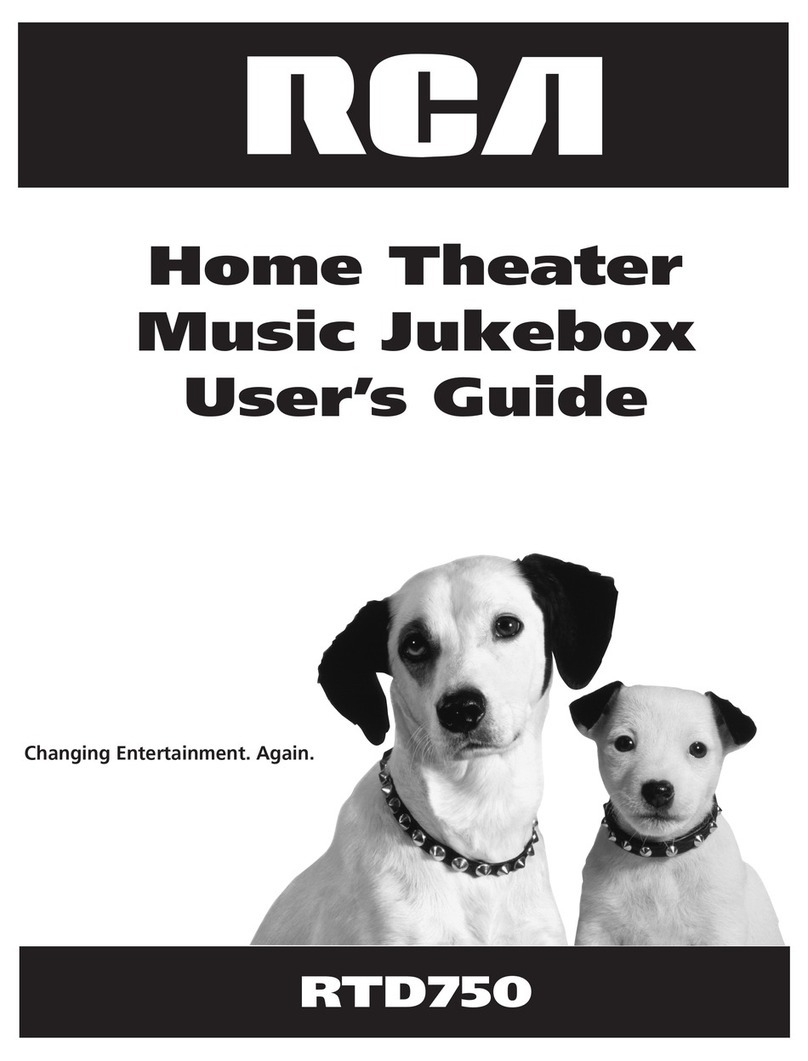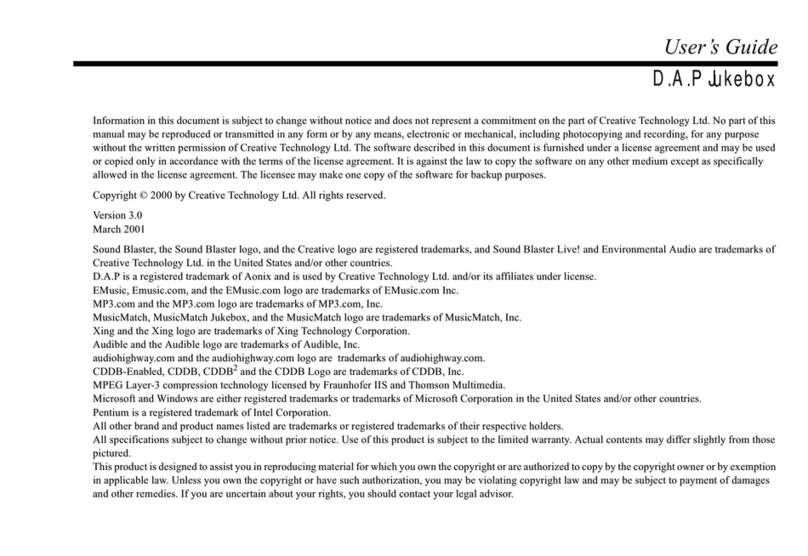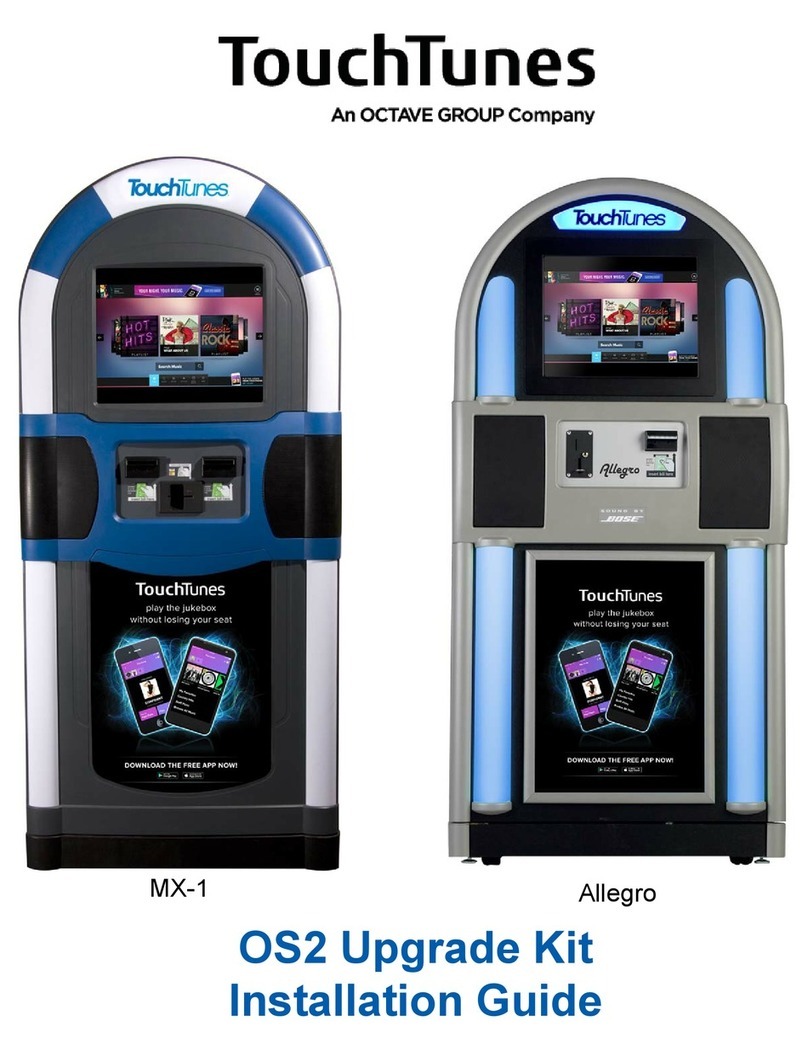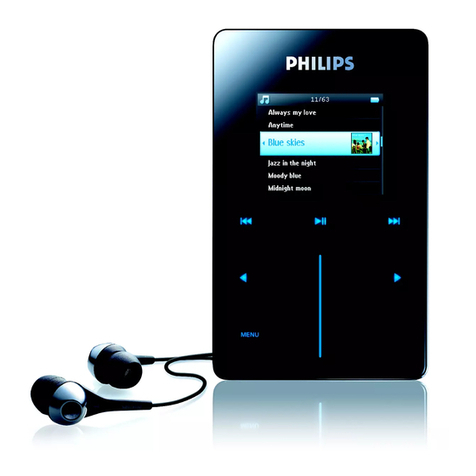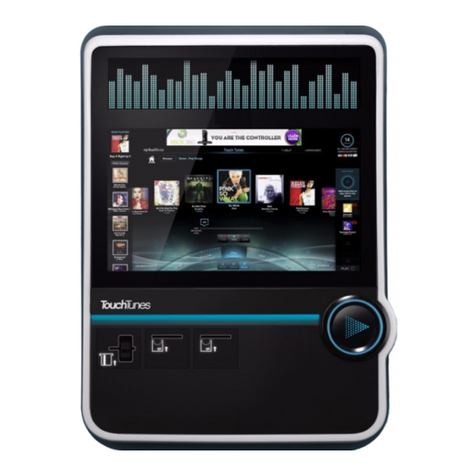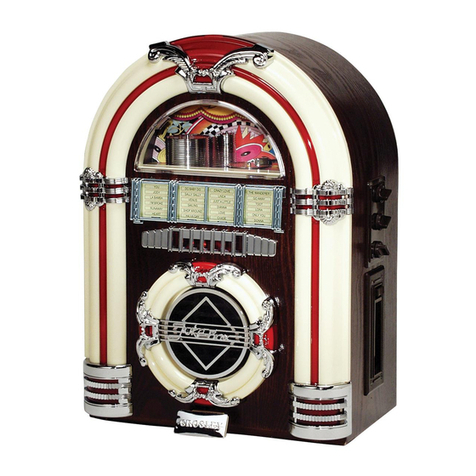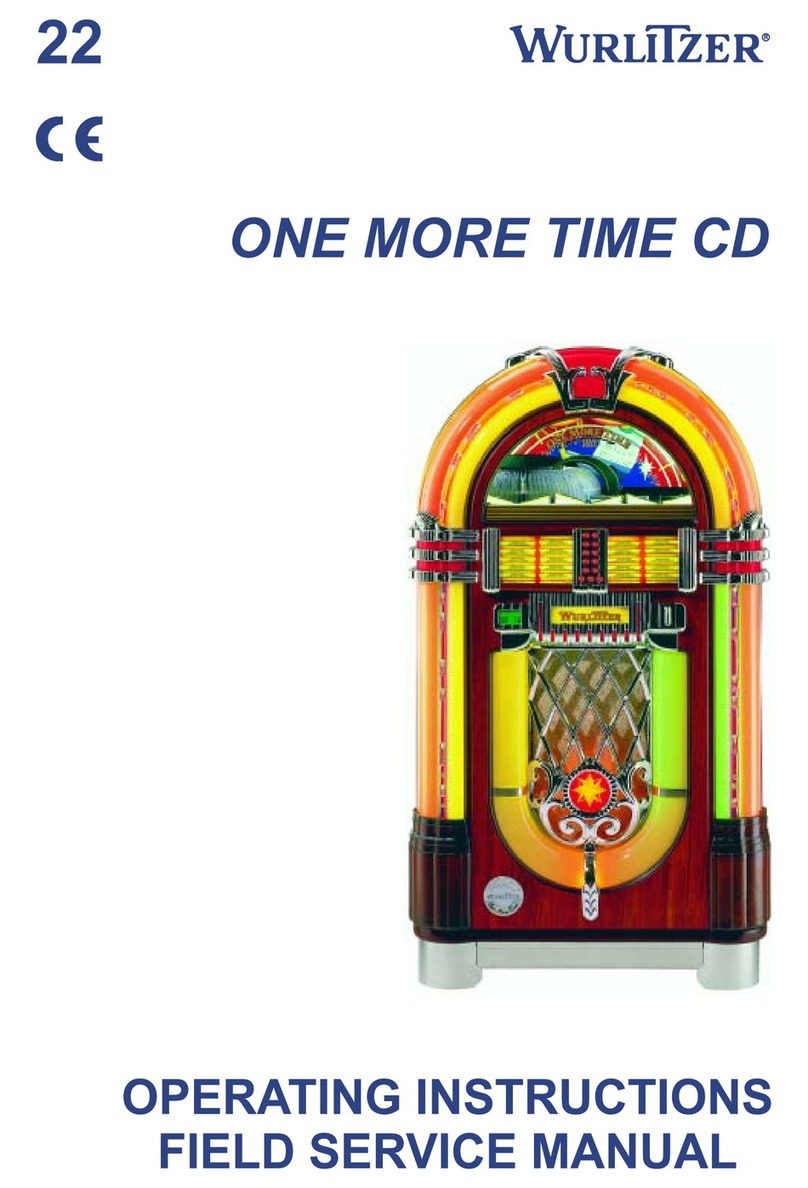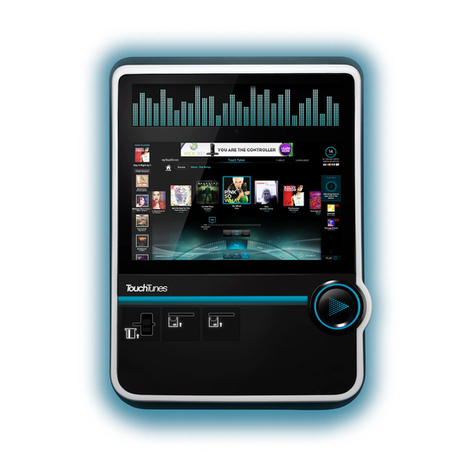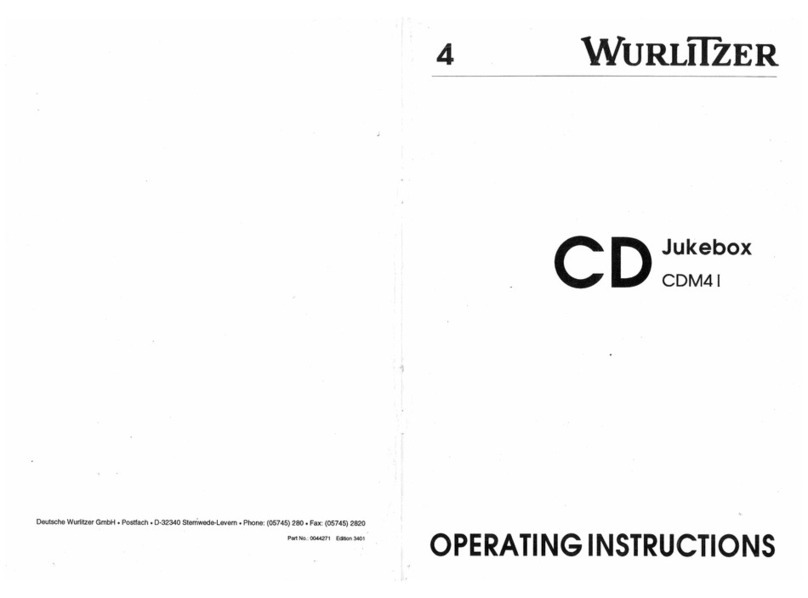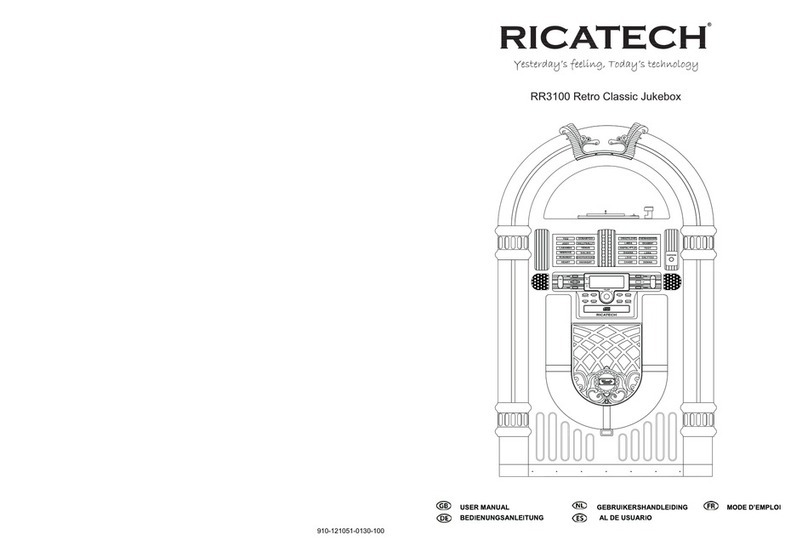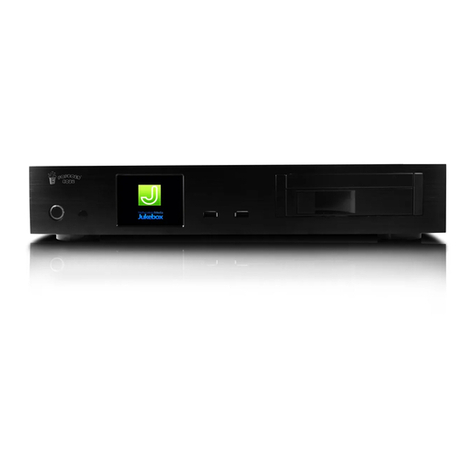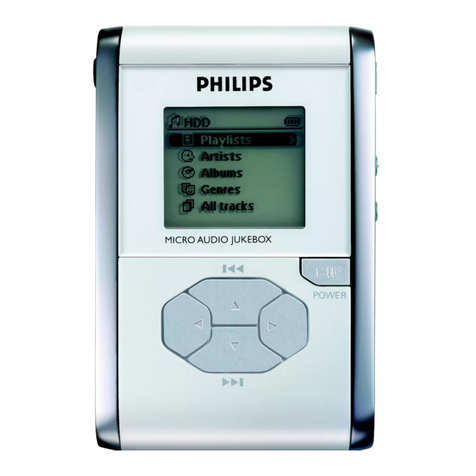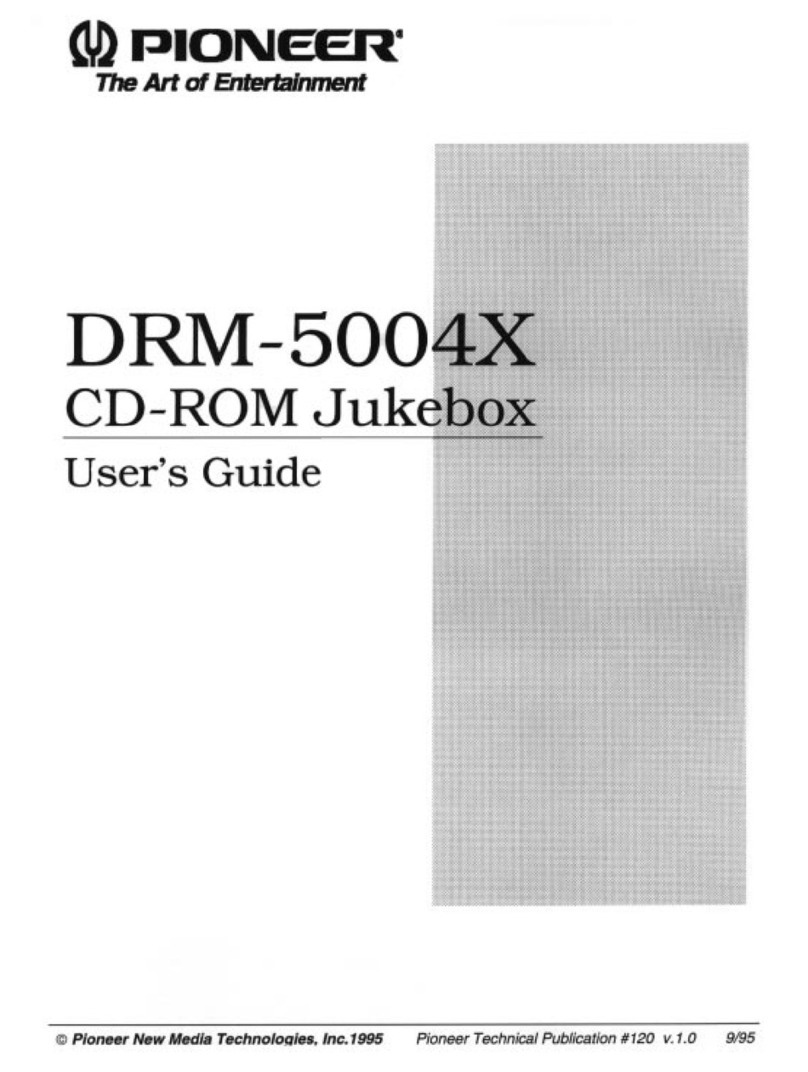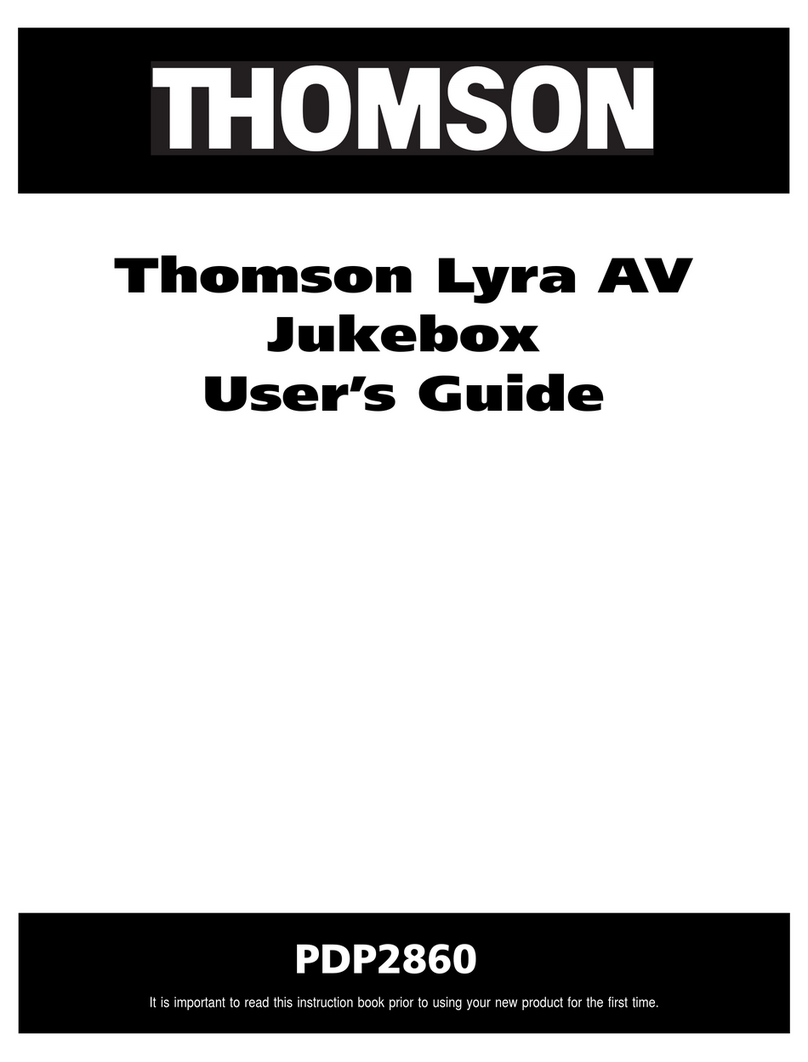
Contents
vii
B. Operating This Jukebox on a SCSI Bus
A Brief Overview of SCSI..................................................................... B-2
General ........................................................................................... B-2
The SCSI Bus ................................................................................. B-2
Initiators and Targets .................................................................... B-2
LUN Addressing............................................................................. B-4
Transfer Rates on the Bus............................................................. B-4
Termination ................................................................................... B-4
Single-ended, High-Voltage Differential, and Low-Voltage
Differential InterfacesB-5
Connectors ..................................................................................... B-6
The SCSI Bus and This Jukebox ......................................................... B-7
Mixing Wide and Narrow Devices ................................................ B-7
Mixing Single-Ended, High-Voltage Differential,
and Low-Voltage Differential Devices....................................... B-10
Cable Lengths................................................................................. B-10
Termination .................................................................................... B-10
General ........................................................................................... B-11
C. Safety and Regulatory Information
Overview of this Appendix ................................................................... C-2
CDRH Regulations (USA Only) ........................................................... C-3
United Kingdom Telecommunications Act 1984................................. C-4
EC Declaration of Conformity.............................................................. C-5
Herstellerbescheinigung....................................................................... C-6
English Translation of German Sound Emission Directive ........ C-6
